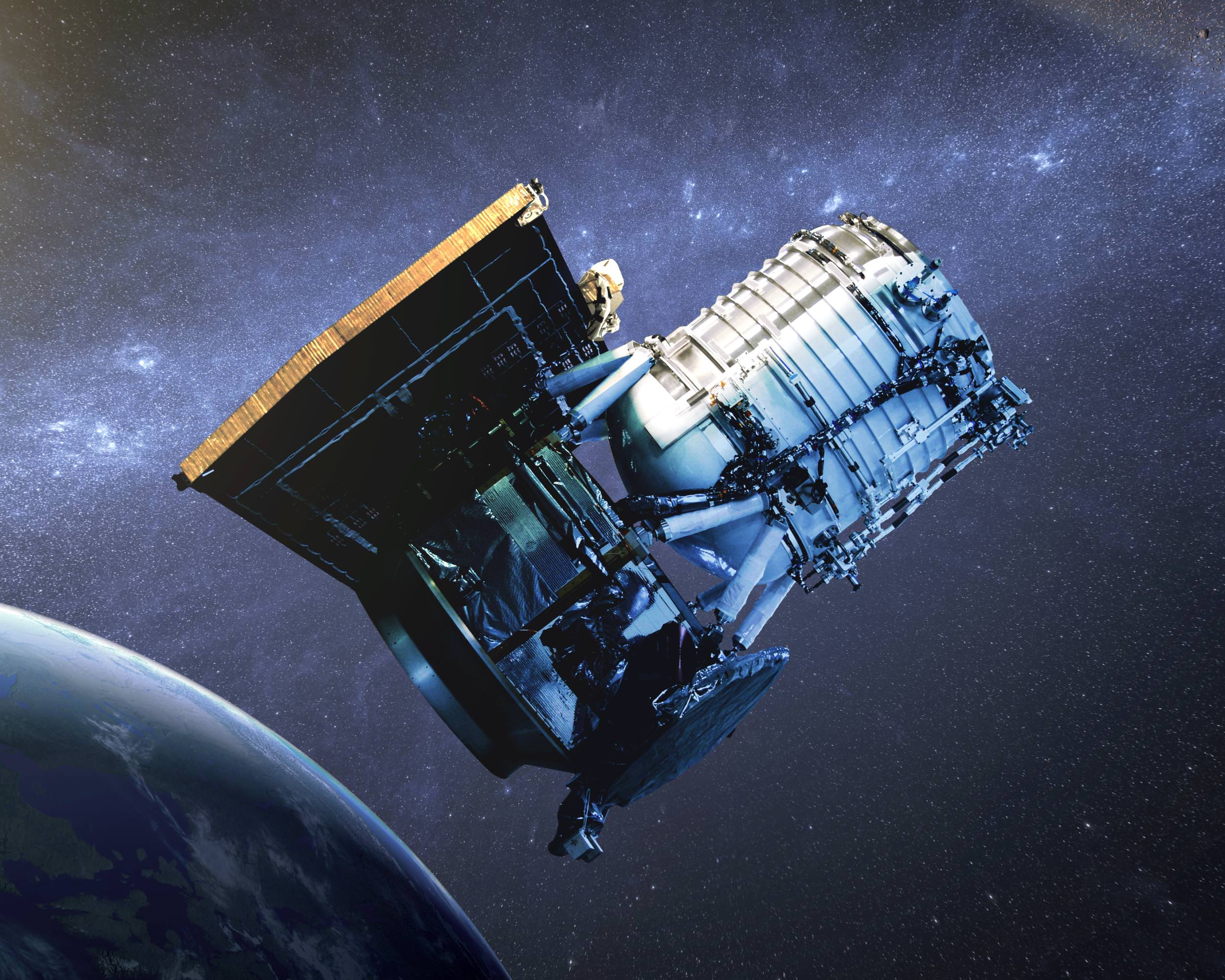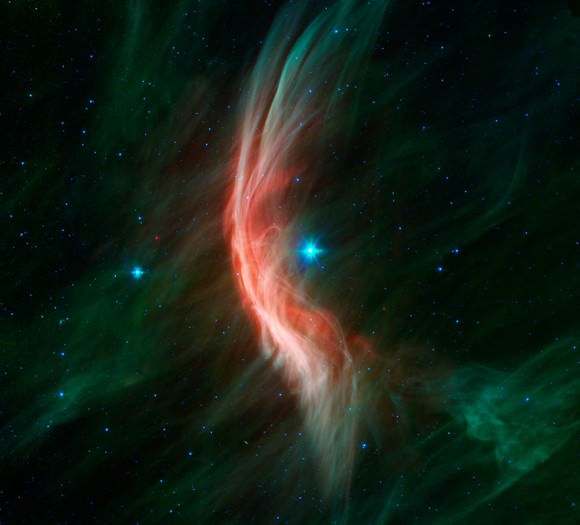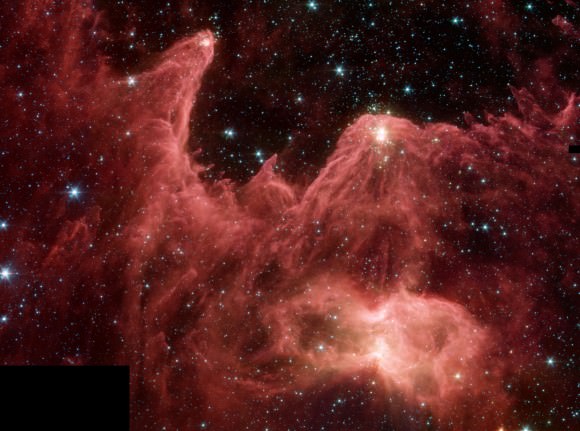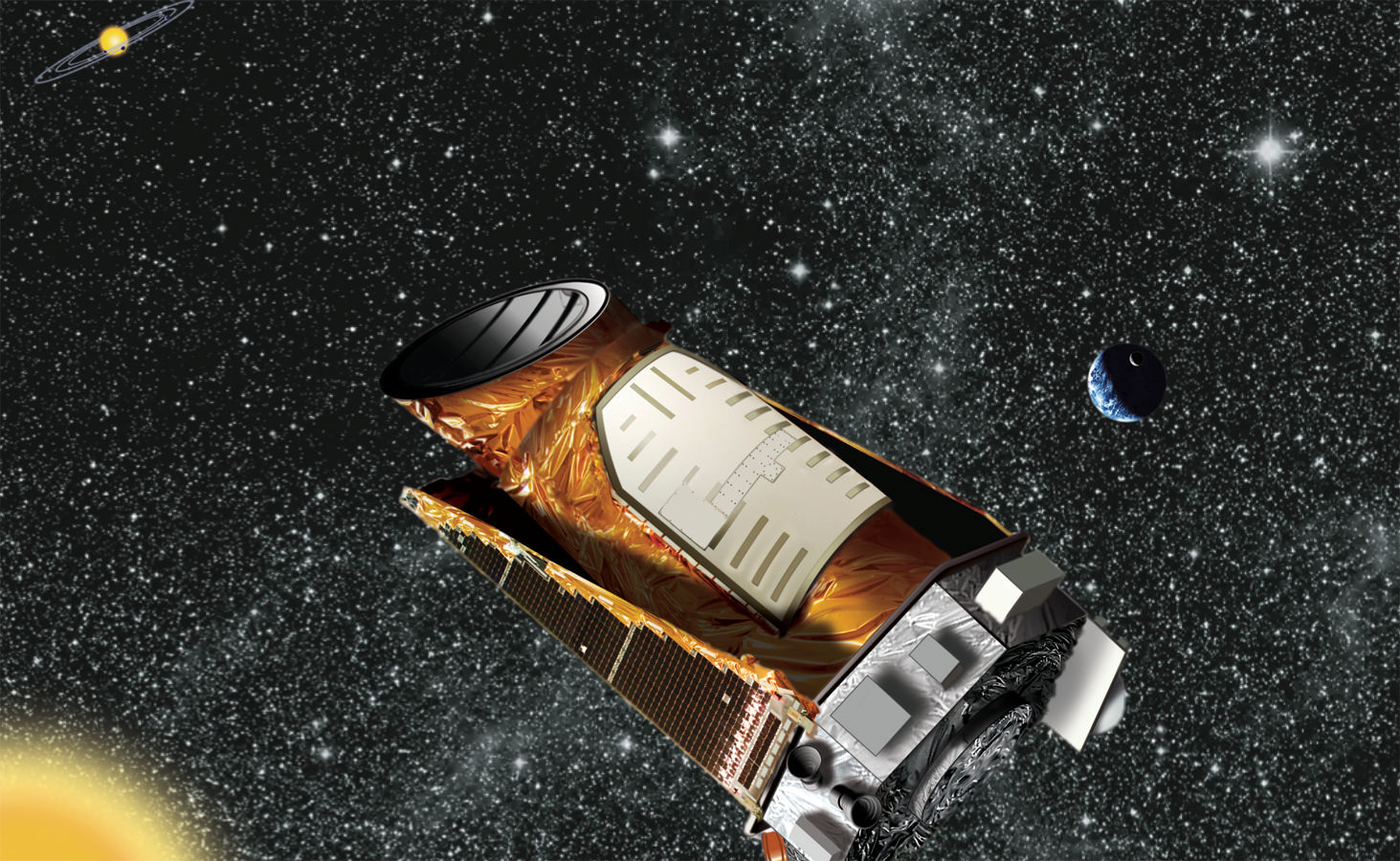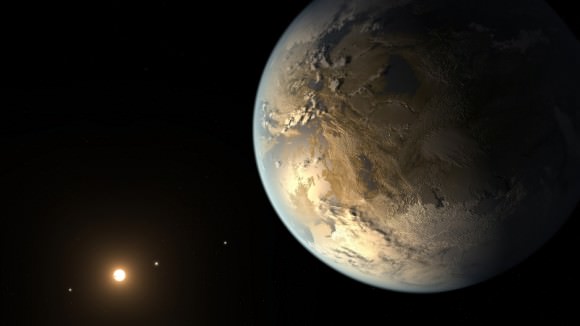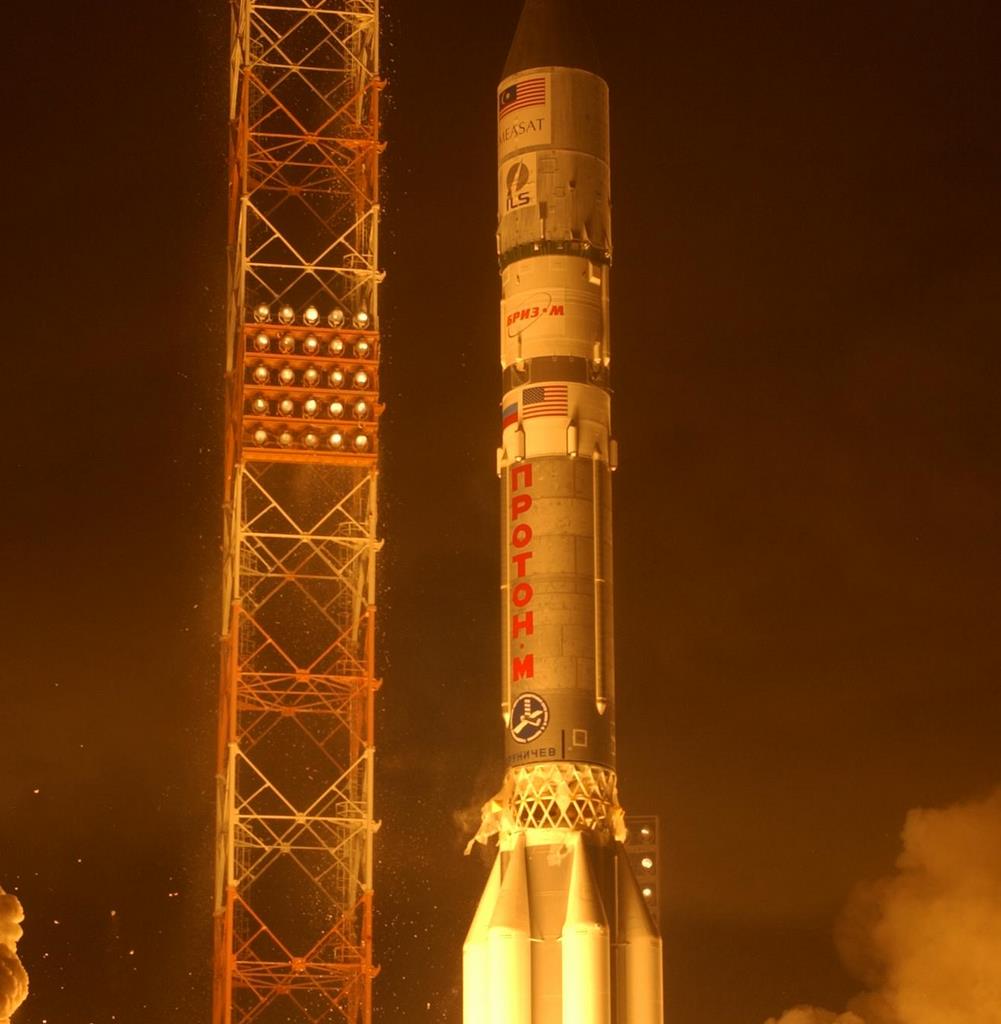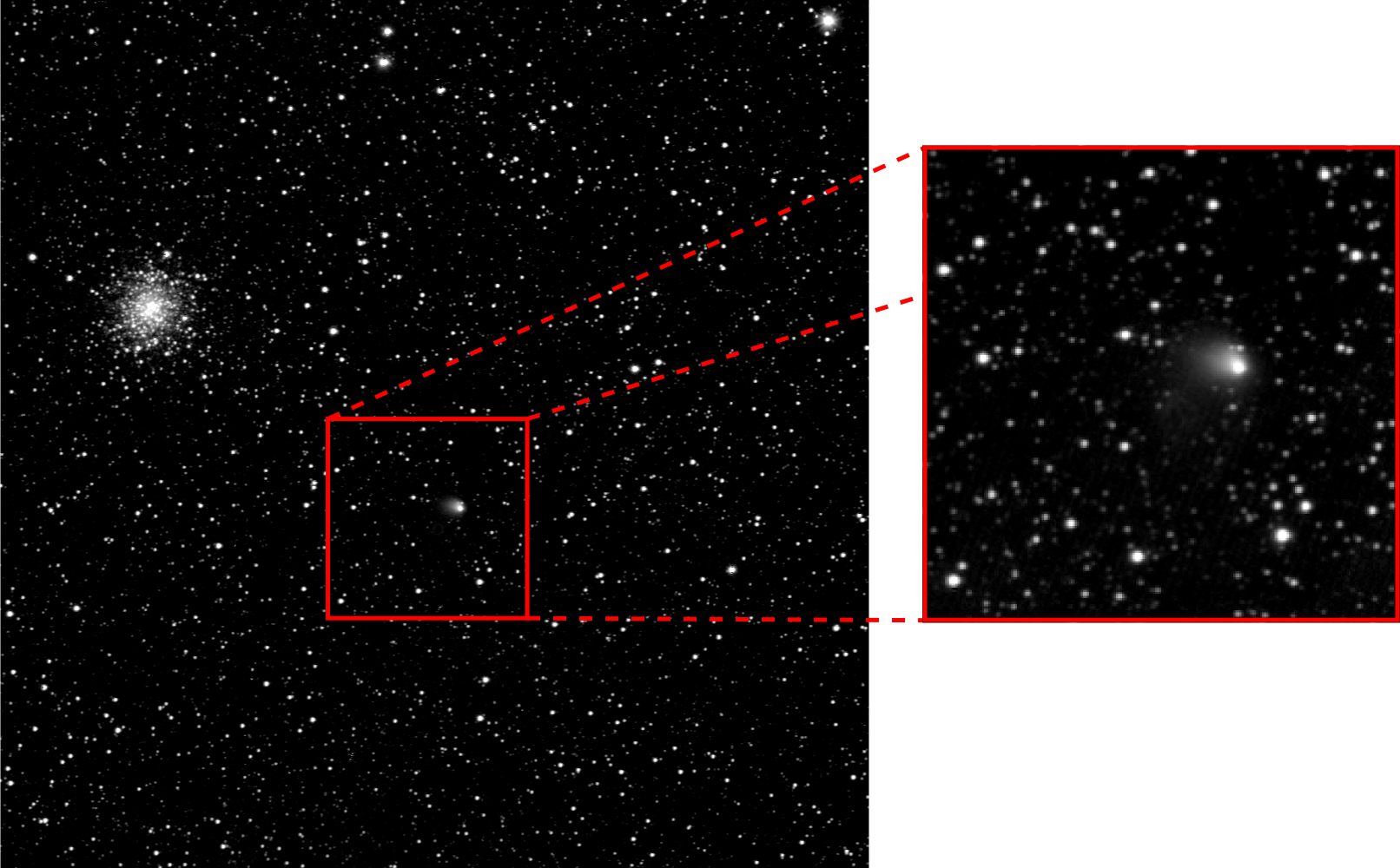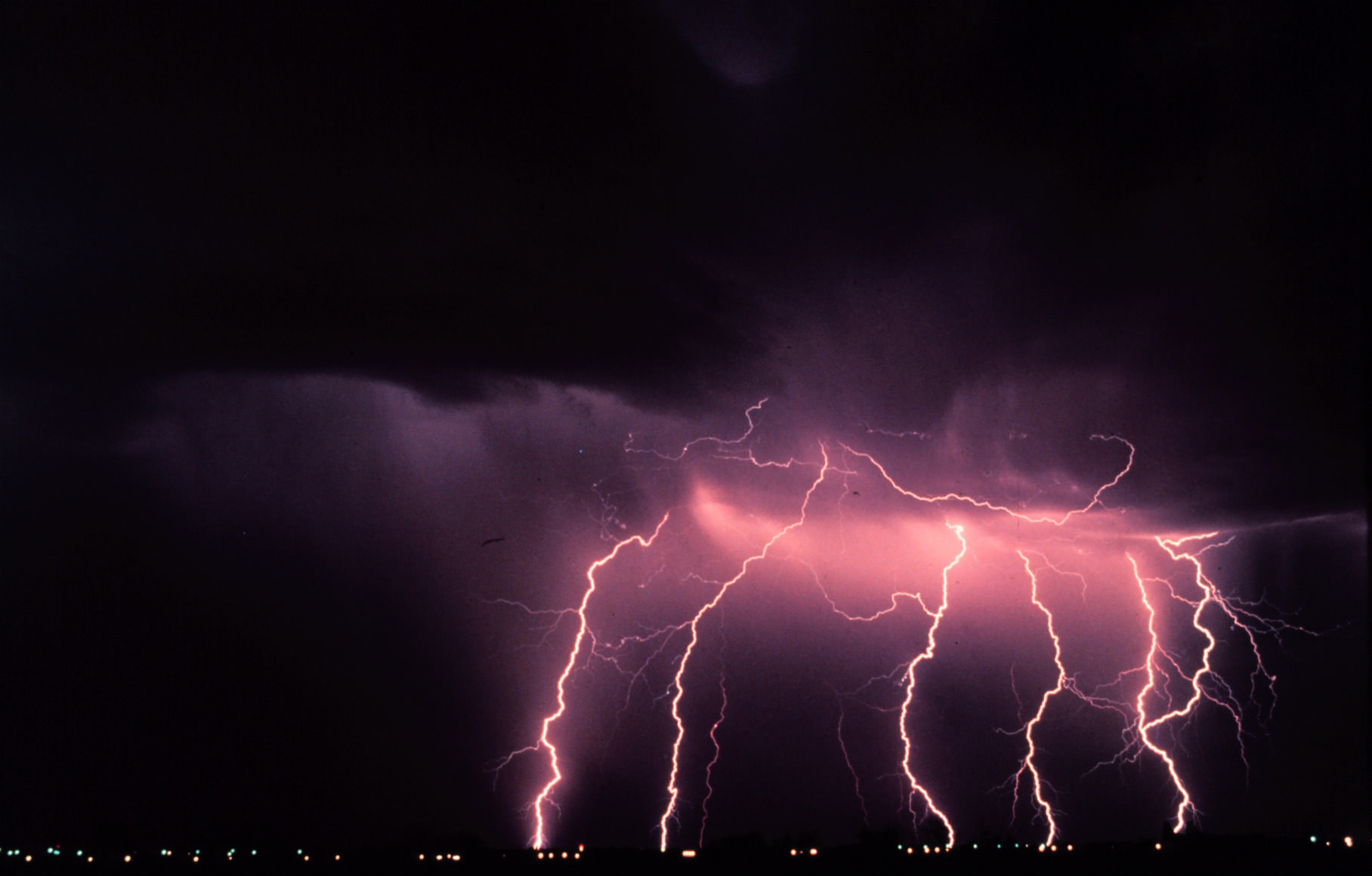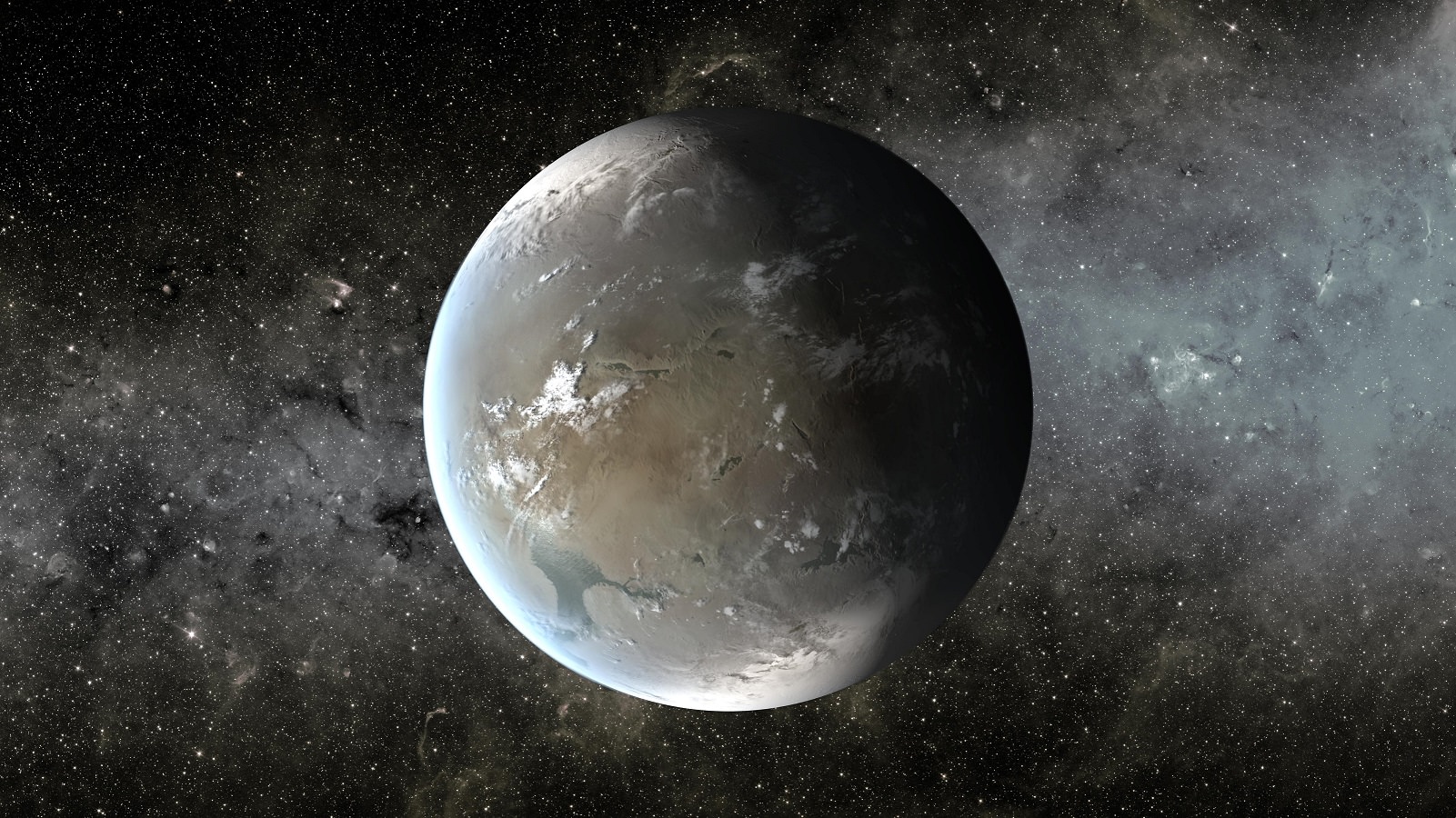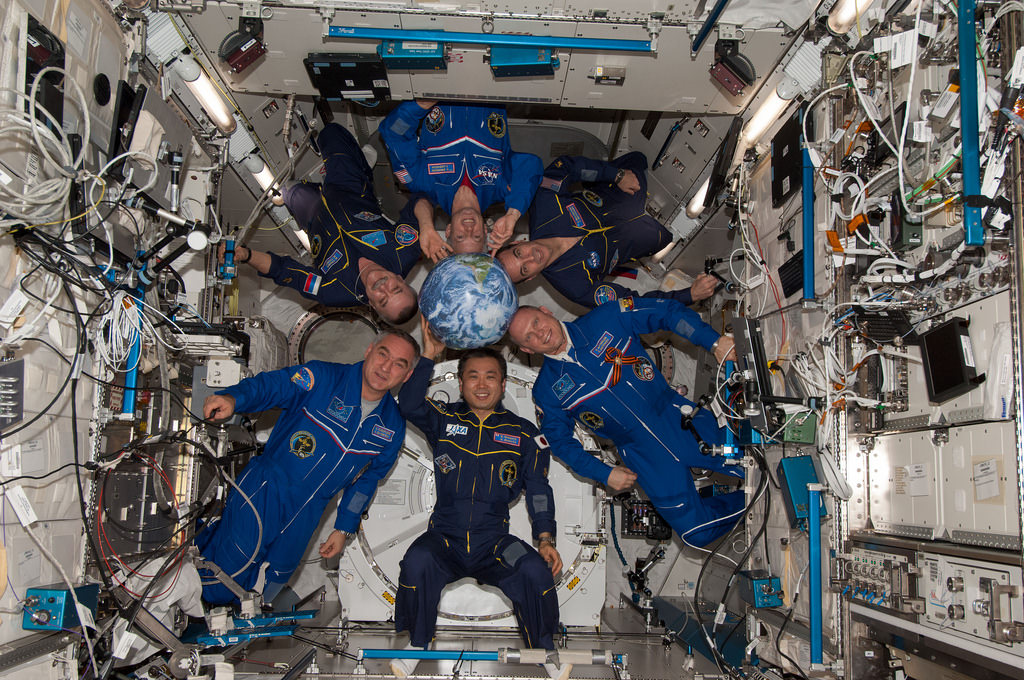CORRECTION: This story corrects a previously stated misinterpretation of the NASA Senior Report that the WISE spacecraft itself was denied an extension.
NASA has denied funding to an idea to use NEOWISE image exposures for additional processing for science purposes, according to Amy Mainzer, the deputy project scientist for the Wide-field Infrared Survey Explorer (WISE) at NASA’s Jet Propulsion Laboratory. The project, called MaxWISE, was supposed to run for three years and to use NEOWISE data for other purposes.
“We were hoping it would be possible to combine data from the prime mission, with the NEO mission, to look at
things that vary on different timescales,” Mainzer said in an interview Friday (May 16) with Universe Today.
Its goals would have included measuring the motions and distances for stars and brown dwarfs near the sun, examining variable stars and setting up a “transient detection and alerts program” for certain astronomical phenomena.
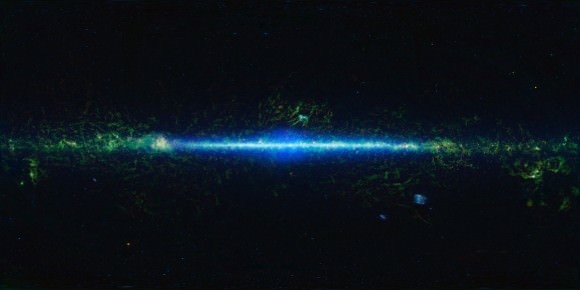
In its review, the panel said it was “concerned that the proposed transient detection program would yield little science considering how much it cost”, and approved the program at half of the budgetary levels originally requested. NASA, however, wrote that it would decline the proposal altogether.
“The MaxWISE proposal was recommended for selection by the senior review. However, the only source of funding would be to displace funding from higher rated operating missions in the senior review. Due to constrained budget conditions, the MaxWISE proposal is declined,” NASA wrote in its response.
“It’s tremendously disappointing,” Mainzer said of the decision, adding it is a tough NASA budget environment overall. She is encouraging people to get in touch with their elected representatives if they want to see changes.
Other approved missions included a Kepler space telescope repurposing and extended operations for the Hubble and Chandra telescopes, among other missions. Spitzer officials were declined their request and asked to send a revised budget for consideration in fiscal 2016 negotiations.
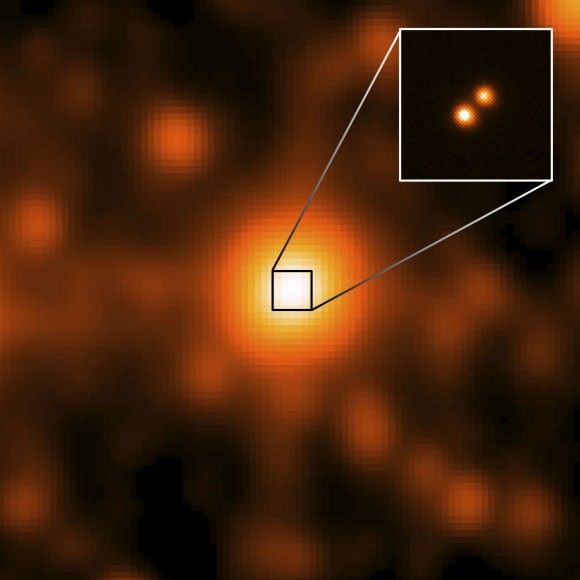
After its launch in 2009 and successful prime mission, WISE was put into hibernation in 2011 before being turned on again last summer to look for asteroids that could pose a threat to Earth, and possibly to participate in NASA’s asteroid mission by looking for a space rock that could be captured and explored.
NEOWISE is expected to run until about 2016 or 2017, depending on how active the Earth’s atmosphere becomes. Since the spacecraft is in a relatively low orbit of 311 miles (500 km), if the sun’s activity increases molecule interactions in the atmosphere and expands it, the spacecraft can be somewhat twisted out of its orbit. Also, more scattering can occur. Both would make it harder for the spacecraft to carry out its mission, Mainzer said.
In the meantime, amateur astronomers can follow along with one of NEOWISE’s recent discoveries: the spacecraft recently found a fairly large near-Earth asteroid, about 1.24 miles to 1.86 miles (2 to 3 km) in size. It’s called 2014 JH 57 and you can get more orbital parameters on it at this page after typing in “2014 JH57” (no quotes) into the search bar.
You can read more about the senior review here.

